Debates over religious sites resurface amid violence in Sambhal
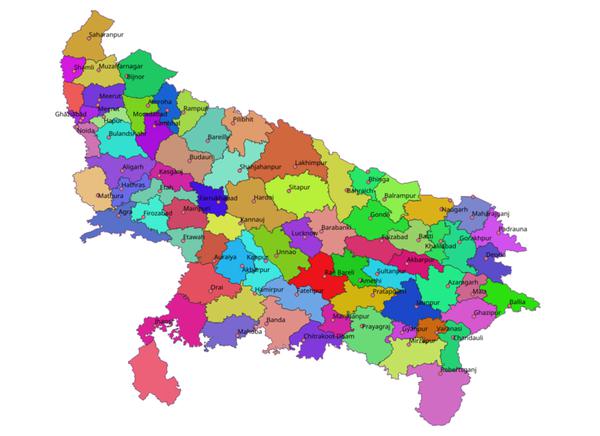
Recent clashes in Sambhal, Uttar Pradesh, following a court-ordered survey of the Mughal-era Shahi Jama Masjid, have reignited debates over historical religious sites in India.
The incident, which resulted in the tragic loss of five lives, stemmed from claims that a Hindu temple once existed at the site of the mosque.
The survey was conducted under the supervision of the Archaeological Survey of India.
The controversy expanded to Rajasthan’s Ajmer, where a Hindu organization filed a lawsuit claiming the dargah of Khwaja Moinuddin Chishti was built over a Shiva temple.
In response, a local court issued notices to the Union Ministry of Minority Affairs and ASI.
Meanwhile, several Muslim organizations have referred to the Places of Worship Act, 1991, emphasizing its significance in preserving religious harmony.
The Places of Worship Act mandates that the religious character of any site, as it stood on August 15, 1947, must remain unchanged.
Section 3 of the Act explicitly prohibits converting a religious site from one denomination to another or altering its religious character.
The Act, introduced in 1991 by the Congress government under Prime Minister PV Narasimha Rao, aimed to maintain communal harmony amidst rising tensions during the Babri Masjid dispute.
The law excluded the Babri Masjid case as it was already under judicial consideration.
Four petitions challenging the Places of Worship Act are currently pending before the Supreme Court.
Critics argue that the law stifles legitimate historical claims, while supporters believe it is essential for peace and unity.
The Act serves as a crucial legal safeguard against communal disputes. By fixing a historical cut-off date, it seeks to prevent the politicization of historical grievances.
However, ongoing legal and social debates reflect the complex interplay of history, faith, and law in India’s diverse society.
As these cases progress, they underscore the enduring challenges of balancing historical claims with contemporary communal harmony.
Image Credit: Heinz OSM, CC BY-SA 4.0, via Wikimedia Commons
You may also like
Image Reference: https://commons.wikimedia.org/wiki/File:Uttar_Pradesh_districts.png
Recent Posts
- Mito Plus: India’s breakthrough in indigenous 3D bioprintingMito Plus was launched at the Bengaluru Tech Summit in 2022.
- Modi government renames PMO complex as Seva TeerthAccording to officials, the name ‘Seva Teerth’ reflects a workplace built around the idea of service.
- India’s longest glass skywalk bridge opens in VisakhapatnamExperience the thrill of walking above the stunning cityscape atop Kailasagiri as Visakhapatnam unveils India’s longest cantilever glass bridge. This spectacular VMRDA project invites visitors to enjoy unmatched panoramic views and an unforgettable adventure.
- Mito Plus: India’s breakthrough in indigenous 3D bioprinting
What’s new at WeRIndia.com
News from 700+ sources
-
Life insurance industry on a curve of redesigning for faster growth: Generali Central Life MD&CEO Alok Rungta
-
Odisha government to organise Global Energy Leaders Summit 2025 in Puri on December 5-7
-
All India Democratic Students Organisation opposes move to close schools
-
India Pacer Mohit Sharma Announces Retirement From All Formats Of Cricket
-
Ponguleti says govt. will reveal land transactions of BRS regime
-
Agniveer attestation ceremony at MLIRC in Belagavi
-
WeRIndia – A News Aggregator
Visit werindia.com for all types of National | Business | World | Politics | Entertainment | Health related news and much more..


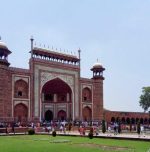
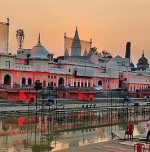
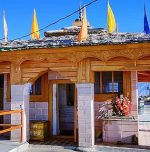

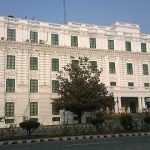

Leave a Reply